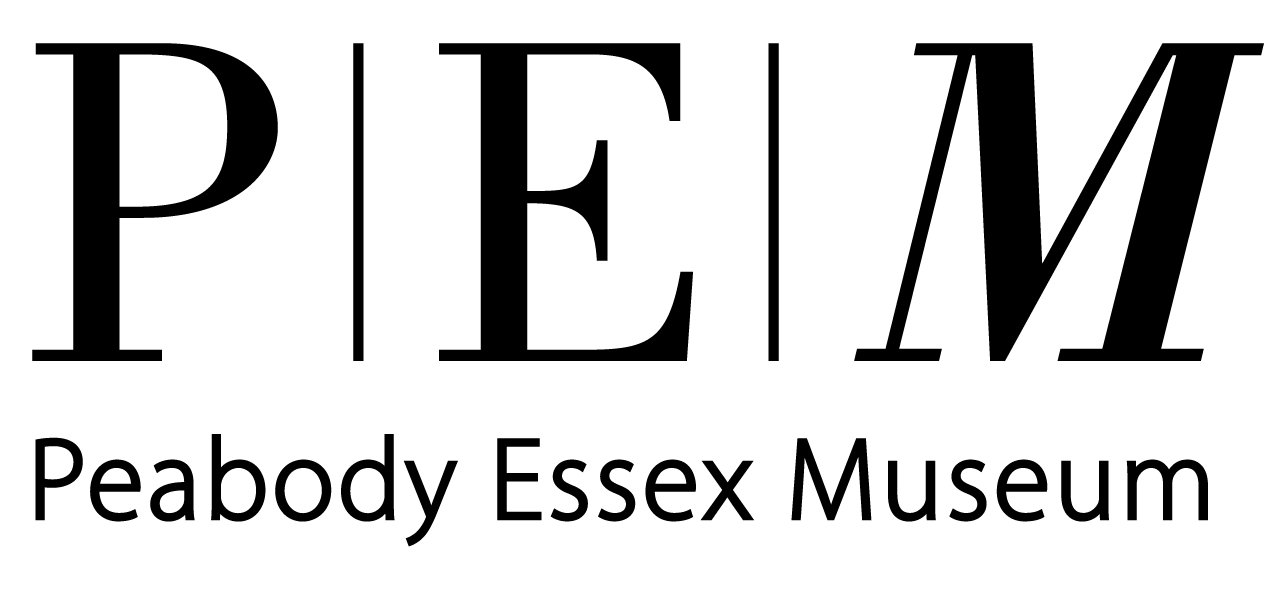Set among the foggy memories and ephemera of a subculture lost to time, SLEEZE LAKE tells the story of Midwest Vans LTD, the world’s largest custom van club, and its members, young blue collar outcasts who took to the open roads in shag-carpeted vans. On Memorial Day weekend in 1977, these irreverent, hedonistic “vanners” erected a ramshackle resort town around a small pond (“Sleeze Lake”) and threw a party. When over 20,000 people showed up, all bets were off!
SFF Blog Contributor Connor Ryan and Program Director Jeff Schmidt caught up with Co-Director Andrew Morgan, a proud vanner himself!
SLEEZE LAKE Co-Director Andrew Morgan's van.
Jeff Schmidt: Andrew, we understand that you have a "deeper" connection to the van scene beyond the film... can you explain?
Andrew Morgan: My connection to the van scene does go a bit deeper than simply making a few films around it. I actually found vanning pretty organically when I purchased a 1973 Dodge van in the summer of 2011. This was precipitated by spending a lot of time having fun traveling around in our buddy's 1977 Dodge Van. So, after I purchased my own, I spent a fair amount of time scouring the internet looking for any info on vans and very quickly came across the whole vanning subculture. As fate would have it, that next year in 2012, the big national van event, known as the Van Nationals, would be a mere 90 miles outside of Chicago. We packed up the vans and made the trip (and our first film VANNIN’) and my life has never been the same. Flash forward a few more years and I find myself a member of Midwest Vans Ltd. (MVL), the club at the center of SLEEZE LAKE. MVL has been holding the same party on memorial day weekend for over 45 years. To me, the tradition and the niche Americana is something I want to help continue. It’s the weird sub sects of culture that make the world worth living in for me.
Connor Ryan: SLEEZE LAKE captures such a specific moment in history, and the people who were part of it seem to have a clear sense of how it came about and what it meant. Do you think something like it could happen again in America? Or to put it another way: do you think this film offers a guide for ordinary people to create something extraordinary?
AM: I’m not sure that an event like Sleeze Lake could ever really exist in today’s world. I think that’s something that makes the story special. It represents a time and place gone by. The world is such a connected place these days, and I think the freedom and looseness experienced by attendees at Sleeze Lake was brought on by the sense that you could go off for a weekend and be who you wanted to be without the whole world watching or worrying about things ending up on social media. I hate to sound like a pessimist, but I can’t help thinking that if something like the Sleeze Lake party existed today you’d have large corporations and “lifestyle” brands swooping in to grab their piece of something authentic. The idea of the festival is very much widespread these days with events like Lollapalooza, Coachella, and (probably more apt) Burning Man, but I think the difference lies in the fact that they only offer the facade of an epic “time of your life” weekend. I mean, to be fair, time is what one makes of it; but Sleeze Lake existed in a time when you got a paper flyer in the mail, hopped in your van, and didn’t really know what you were going to show up to. It was a true adventure and the party was true gonzo ingenuity. The keys to the asylum were given to the inmates and most people were none the wiser.
JS: On a scale of 1-10, if you had been old enough to own a van back then, what is the likelihood that we would see you featured in the film?
AM: 10. If I’d been old enough and had a custom van, I’m pretty sure I would have made the journey down to Sleeze Lake and had my mind blown. I think most people in the region (and outside of it) with a custom van showed up for that party.
Vanner for life, Andrew Morgan.
SLEEZE LAKE: VANLIFE AT ITS LOWEST AND BEST streams as part of Salem Film Fest from Friday, March 19 - Sunday, March 28. Tickets to view the film can be purchased here.







![Lorine Padilla and Raquel Cepeda during filming of LA MADRINA: THE [SAVAGE] LIFE OF LORINE PADILLA](https://images.squarespace-cdn.com/content/v1/5fb184af5d4b4d054b0155b0/1616556246894-0ILJ75MBA2HEBMYQMQGN/LorineAndRaquel.JPG)













